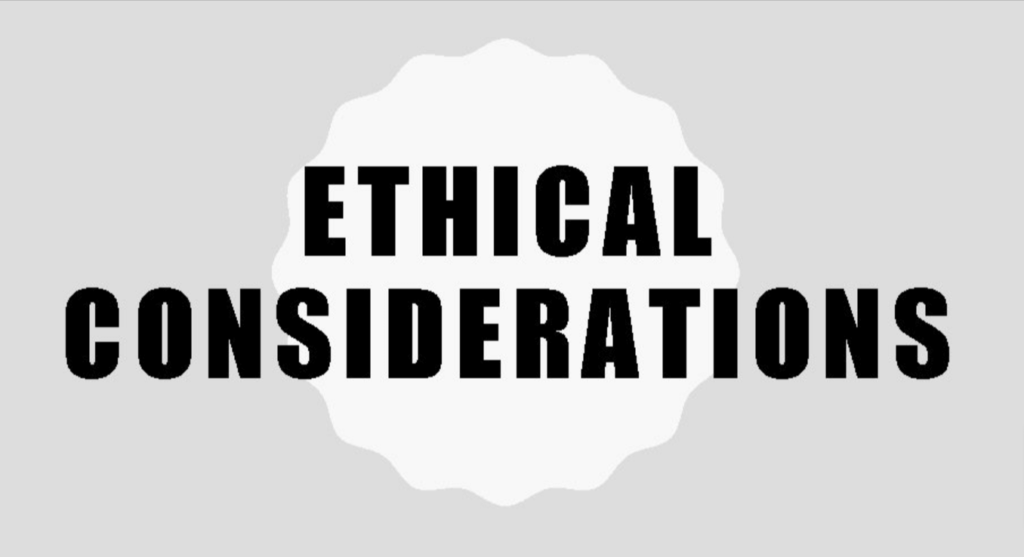
In today’s fast-paced and digital world, effective communication is more important than ever. Businesses and individuals alike are constantly seeking ways to stand out and make a lasting impression. One powerful tool in achieving this is document marking precision and personalized messaging. In this blog post, we will explore the significance of personalized messaging in document marking and how it can elevate your communication strategies.
The Power of Personalization
Personalizing your messages extends beyond the digital landscape and into the tangible world too. A great example of this is the art of card-making. With a variety of card-making supplies at your disposal, such as designer papers, stamps, colourful inks, and decorative embellishments, you can create unique, personalized cards that leave a lasting impression. By tailoring each element to reflect the recipient’s tastes and interests, your message becomes more meaningful and impactful.

how to make a personalized messaging system for a website
Creating a personalized messaging system for a website involves several steps. Here’s a high-level overview of how you can implement it:
- Planning and Design:
- Identify the purpose of the messaging system and the target audience.
- Define the features you want (real-time chat, notifications, user profiles, etc.).
- Sketch the user interface and flow of interactions.
- Choose the Technology Stack:
- Select the appropriate technology stack (languages, frameworks, and libraries) based on your requirements. For example, you might use Node.js with Express for the backend and React or Vue.js for the frontend.
- Backend Development:
- Set up a server (e.g., using Node.js) to handle incoming requests.
- Implement a database (like MongoDB, PostgreSQL, etc.) to store messages, user data, and conversations.
- Create APIs for sending, receiving, and managing messages.
- Implement authentication and authorization mechanisms to secure the messaging system.
- Frontend Development:
- Develop the user interface using HTML, CSS, and JavaScript frameworks.
- Implement chat interfaces, message displays, user profiles, and any additional features you’ve planned.
- Real-Time Communication:
- Implement real-time features using technologies like WebSockets or libraries like Socket.IO to enable instant message delivery and updates without constant page refreshing.
- User Authentication and Authorization:
- Implement user authentication (e.g., using JWT, OAuth) to allow only registered users to send and receive messages.
- Manage user roles and permissions to ensure appropriate access levels.
- Testing:
- Test your messaging system rigorously to ensure it functions as expected, checking for bugs, responsiveness, and security vulnerabilities.
- Deployment:
- Deploy your messaging system on a server or a cloud platform like AWS, Azure, or Heroku.
- Monitoring and Maintenance:
- Set up monitoring tools to keep track of the system’s performance, user activity, and potential issues.
- Regularly update and maintain the system to fix bugs, add new features, and improve security
Document Marking Precision: Attention to Detail
Document marking precision refers to the deliberate and careful placement of personalized information within a document. It involves strategically selecting and customizing specific sections of the content to cater to the recipient’s needs, preferences, or interests. This can include variables such as the recipient’s name, company, location, or any other relevant information that enhances the relevance and impact of the message. By paying attention to these details, document marking precision ensures that each document feels individualized and meaningful.
READ NOW:-Best Platforms For Mobile Application Design in 2023
Enhancing Engagement and Response Rates
When recipients receive a document that includes their details, they are more likely to engage with the content and respond to the call to action. Whether it’s a sales proposal, a marketing email, or an important business communication, personalized messaging captures the recipient’s attention and makes them feel that the document was crafted specifically for them. This sense of personalization increases the likelihood of a positive response, whether making a purchase, scheduling a meeting, or providing feedback.
Building Trust and Rapport
Personalized messaging fosters trust and rapport between the sender and the recipient. When individuals receive a document that speaks directly to their needs or interests, they feel understood and valued. This creates a positive impression of the sender, building trust and credibility. By showing that the sender has taken the time and effort to personalize the message, the recipient is more likely to view them as reliable, knowledgeable, and invested in their specific needs.
Targeting Specific Segments
Document marking precision allows for targeted communication to specific segments or groups within an audience. By tailoring the content to the unique characteristics and preferences of different segments, senders can create highly relevant and effective messages. For example, a business may customize marketing materials based on factors such as demographics, purchasing history, or engagement levels. This level of personalization ensures that each segment receives content that resonates with their specific needs, increasing the chances of conversion and customer satisfaction.
Leveraging Data and Automation
Personalized messaging at scale is made possible through the use of data and automation. By collecting and storing relevant information about recipients, businesses can leverage this data to create personalized documents efficiently and effectively. Automated tools and software can then be used to generate customized content based on predefined templates and variables. This combination of data and automation streamlines the process of document marking precision, making it feasible to personalize messages even for large audiences.
Beyond Name Personalization
While personalizing documents with recipients’ names is common, effective document marking precision goes beyond mere name personalization. It involves understanding the recipient’s preferences, interests, and pain points and crafting the message accordingly. This can include referencing previous interactions, recommending relevant products or services, or providing tailored solutions to specific challenges. By going beyond name personalization, senders demonstrate a deeper understanding of the recipient, enhancing the overall impact of the message.
Ethical Considerations

When employing personalized messaging, it is important to consider ethical considerations and privacy regulations. Ensure that any personal information collected and used in the document marking process is done so with the recipient’s consent and in compliance with applicable data protection laws. Transparency, data security, and respect for individual privacy are essential in building trust and maintaining ethical standards.
READ NOW:-Retirement Haven: Exploring Top-Notch Community Amenities
Document marking precision with personalized messaging is a powerful tool in effective communication strategies. By customizing content to cater to individual recipients, businesses and individuals can create a deeper connection, enhance engagement, and build trust. Through careful attention to detail and leveraging data and automation, personalized messaging can be scaled up for large audiences, ensuring relevance and impact. However, it is important to navigate ethical considerations and privacy regulations to maintain trust and integrity. By incorporating personalized messaging into your document marking approach, you can elevate your communication strategies and stand out in a world inundated with generic content.
what is the best personalised messaging app for Android?
there isn’t a universally recognized “best” personalized messaging app for Android as preferences often vary based on individual needs and preferences. However, several messaging apps are popular due to their features, security, and user-friendliness:
- WhatsApp: Known for its widespread usage, end-to-end encryption, and various features like voice/video calls, group chats, and media sharing.
- Signal: Recognized for its strong emphasis on privacy and security, offering end-to-end encryption for messages, calls, and media sharing.
- Telegram: Known for its customizable features, large group sizes, secret chats, and extensive bot support.
- Facebook Messenger: Offers a range of features, including video calls, voice messages, games, and integration with Facebook profiles.
- Google Messages: Pre-installed on many Android devices, it supports RCS (Rich Communication Services) for enhanced messaging features like read receipts, typing indicators, and larger file transfers.
- Viber: Offers free messaging, voice/video calls, stickers, and public chats.
